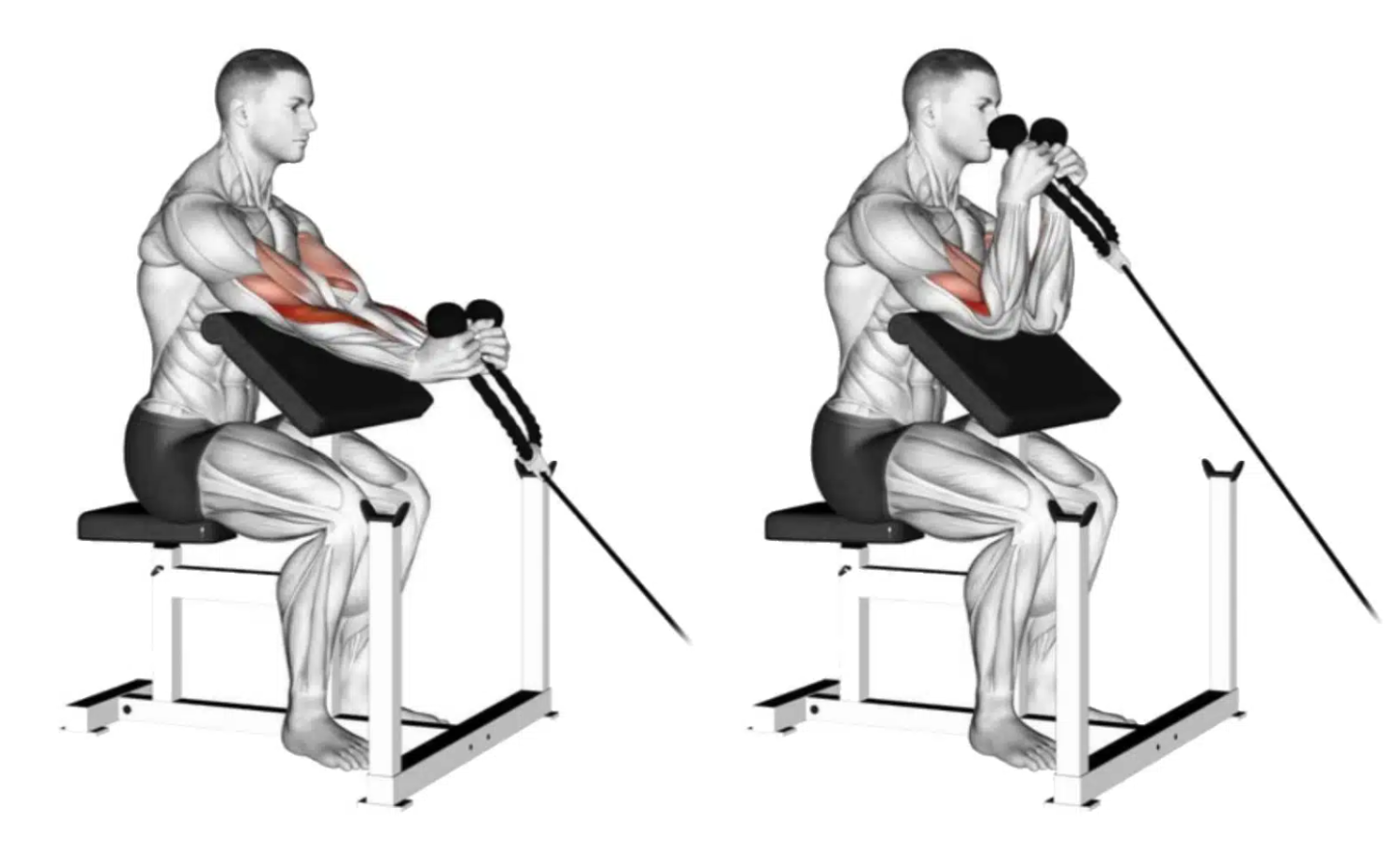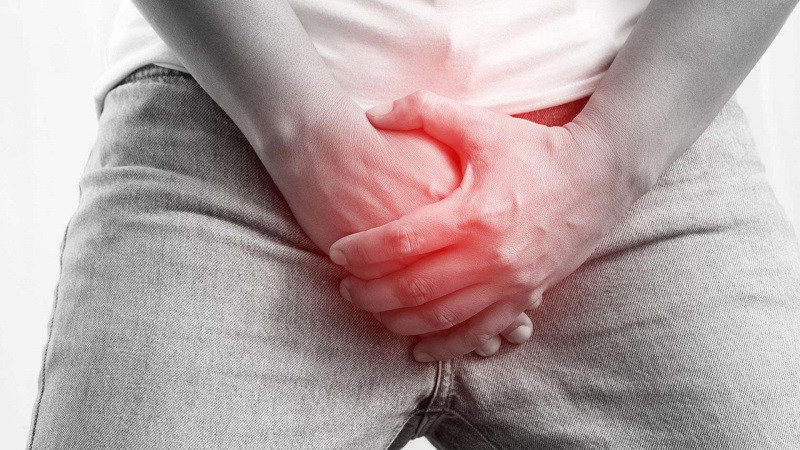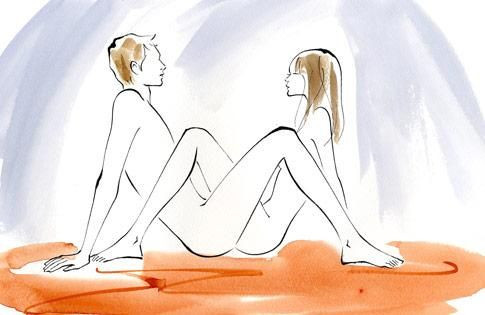Build Bigger Biceps with Cable Hammer Curls: Benefits and Techniques

Are you looking for a surefire way to pump up those biceps and triceps? Look no further than the cable hammer curl! This exercise is not only effective but also versatile, allowing you to target multiple areas of your arms. Whether you're a seasoned gym-goer or just starting out, incorporating cable hammer curls into your routine can help take your arm gains to the next level. So grab that cable attachment and get ready to feel the burn!
One of the best exercises for building arm muscles is the cable hammer curl.
Using rope hammer curls to build massive biceps and forearms targets the brachialis and brachioradialis.
Cable rope hammer curls are a variation of the hammer curl exercise that strengthens the arm's anterior muscles.
Only the neutral (hammer) hand position differentiates it from the biceps curl.
Cable Hammer Curl Muscles Worked
In particular, the cable hammer curl targets the brachialis and brachioradialis muscles in the upper and lower arms.
Several synergist muscles are involved in the hammer curl, including,
- Biceps Brachii
There are a few other muscles that work or play the role of stabilizers, such as your
- Obliques,
- Rectus abdominis.

Cable Hammer Curl Benefits
Hammer rope cable curls offer the following benefits:
- Builds the peak of the biceps.
- Strengthened grip
- It works the biceps, forearms, brachialis, and brachioradialis
- Wrists and elbows may be relieved from pressure with a neutral grip
- Each repetition is made possible by the cable's continuous tension.
- This exercise emphasizes the long (outer) head of the biceps.
- End of listing
Cable Hammer Curl
With a rope handle attached to a weight stack, a cable rope hammer curl is a popular arm exercise.
Besides targeting the biceps, it also targets the forearms and brachialis muscles.

How To Do Cable Rope Hammer Curl
You can perform this exercise properly by following these step-by-step instructions.
- Stand facing the machine with a rope attachment attached to a low pulley.
- Keep your elbows stationary throughout the movement and grasp the rope with a neutral grip (palms in).
- Hold your arms until your biceps touch your forearms.
- Bring the weight back to its original position slowly.
- The recommended number of repetitions should be followed.
Techniques And Tips For Workouts
- You should stand straight up, keeping your back in its natural arch and your torso stationary.
- Your upper arms should not move; only your forearms should.
- Keep your elbows in and your upper arms stationary.
- Make sure you choose a weight that allows you to perform the exercise fully.
- Lift the weight without swinging it or using momentum.
- You should do the exercise in a controlled manner so that your momentum does not contribute to the movement.
Rope Hammer Curl Variations
Depending on your fitness level, you can perform the cable hammer curl in different ways.
Preacher Curl with Cable Rope Hammer
By using a cable stack, a preacher bench, and a rope grip, the cable rope preacher hammer curl builds strength and size in the biceps.
By activating both the grip and the brachialis muscles, the neutral or "hammer" grip increases arm thickness.
Additionally, the angle of the bench isolates the biceps from the shoulders.

How To Do IT
- Set up a rope extension attachment on a low pulley cable machine and place a preacher bench in front of it.
- Sit down on the bench with your forearms resting over the padding, holding the rope with a neutral hammer grip.
- Squeeze your bicep as you slowly curl the bar towards your chest.
- Return to the starting position after holding for a count.
- As many reps and sets as you like.
Preacher Curl with One Arm Cable Rope Hammer
One arm cable rope preacher hammer curls are variations of cable rope preacher hammer curls.
Some athletes and coaches believe this exercise emphasizes the peak of the biceps muscle because the hand is fixed and the movement is slow and concentrated.
By activating both the grip and the brachialis muscles, the neutral grip builds arm thickness.
How Do It
- Attach a rope extension to a low pulley cable machine and place a preacher bench in front of it
- Put one hand on the rope in a neutral hammer grip, then sit down on the bench with your forearm resting over the padding and your feet flat on the floor.
- Squeeze your bicep while slowly curling the bar up to your chest.
- Return to the starting position after holding for a count.
- As many reps and sets as you like.
The best alternative to rope hammer curls
Here are some alternatives to the cable setup that achieve the same goal. They all target your biceps and forearms.
Hammer curls with dumbbells
One of the best alternatives to cable hammer curls is the dumbbell hammer curl. It targets the long head biceps and forearms.
Among bodybuilders and regular weightlifters, dumbbell hammer curls are one of the most popular exercises for building muscle hypertrophy and strength.
Hammer curls cross-body
Cross-body hammer curls target the biceps, brachialis, and forearms by lifting the weights across the torso rather than directly in front of you.
If your long head is lagging, lift the weight across your body to place the long head of your biceps under more tension.
The difference between cable hammer curls and dumbbell hammer curls
There are advantages and disadvantages to both cable curls and dumbbell hammer curls.
- Performing dumbbell hammer curls with your arm at 90 degrees is the most challenging.
- Tension is more consistent and constant with cable hammer curls.
- For cable hammer curls, a cable setup is required. Dumbbells are more widely available (and cheaper if you train at home).
- The cable curls are a bit easier on your joints than the traditional curls.
To achieve the best results, it's recommended to do both exercises. This way, you get the pump and burn that cables always provide, as well as the heavy, fiber-tearing tension that free weights offer.
Frequently Asked Questions
Cable Hammer Curls Work What Muscles?
In Cable Hammer curls, the long head of the bicep, the brachialis, and the brachioradialis are worked as well as your obliques and rectus abdominis, which serve as stabilizers.
What are the benefits of rope cable hammer curls?
Rope cable hammer curls are excellent for building bigger biceps and forearms. The cable setup gives your muscles nearly uninterrupted time under tension, as well as a great pump - which are all essential for growing muscles.
Is it possible to do Hammer Curls with cable?
In fact, cable hammer curls are a good way to build a bigger arm. They place a more even load on your triceps throughout the entire range of motion, and you have a more constant load on your biceps.
Takeaway
It targets specifically the forearms and outer part of the biceps, ensuring resistance remains throughout the entire range of motion of the biceps.
See where you can incorporate the rope hammer curls exercise into your workout routine. You won't be disappointed with the results.









